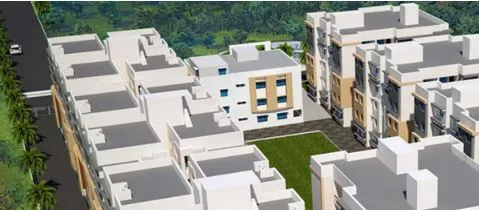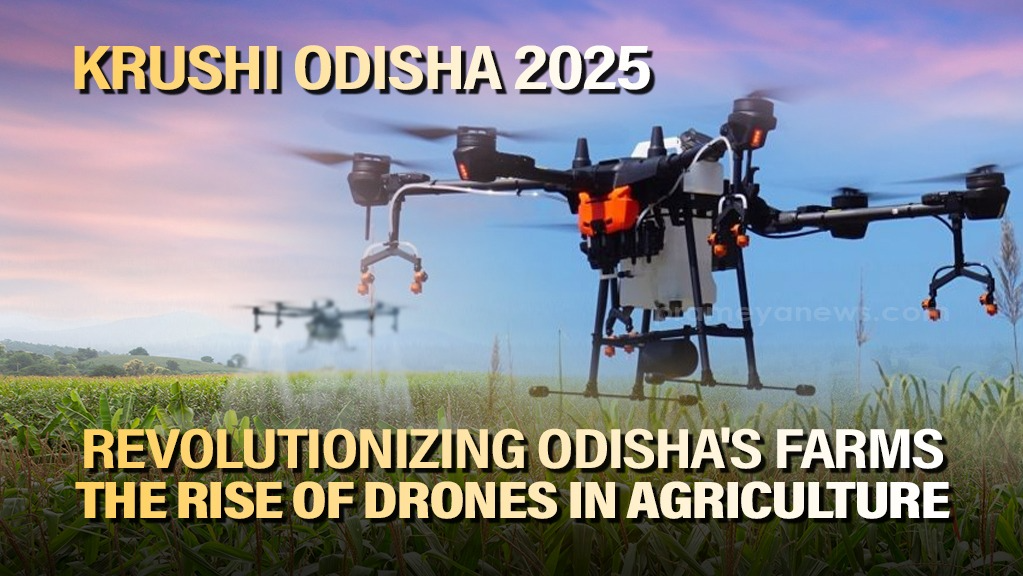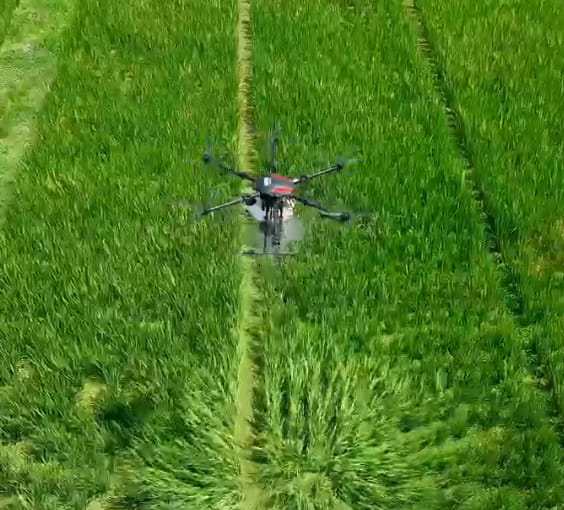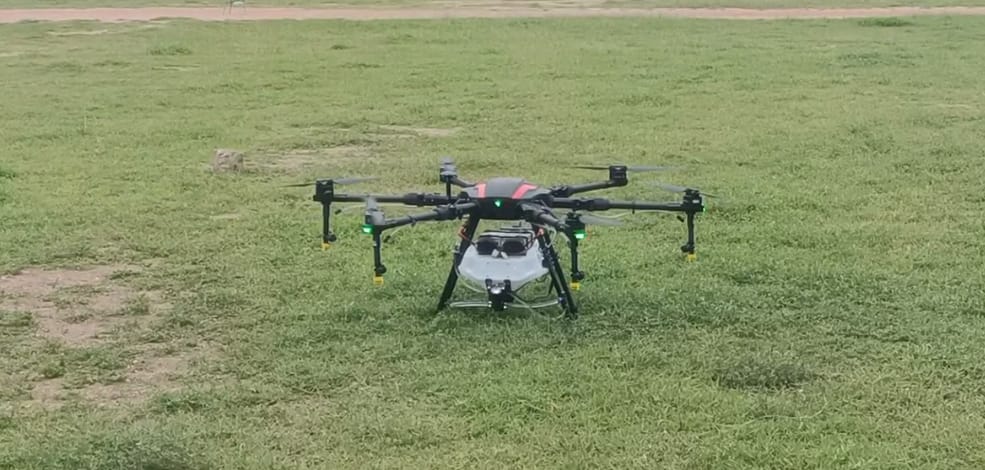

Crop Category | Crops Cultivated |
Cereals | Rice, maize, finger millet, pearl millet, sorghum |
Pulses | Green gram, black gram, red gram, horse gram |
Oilseeds | Groundnut, mustard, sesame, sunflower |
Cash crops | Jute, sugarcane, turmeric, cotton, cashews, coconuts |
Horticulture | Mango, banana, papaya, jackfruit |

